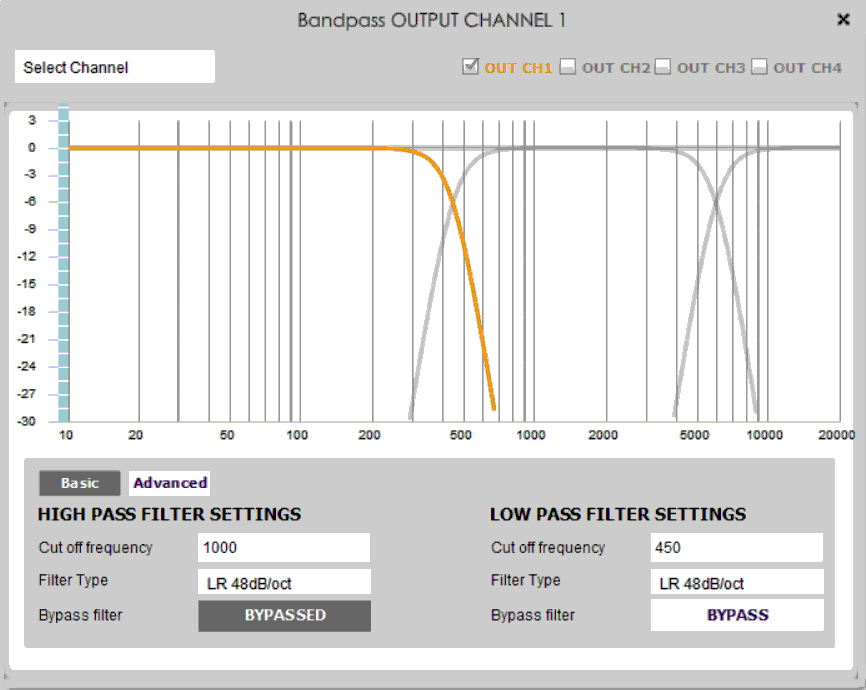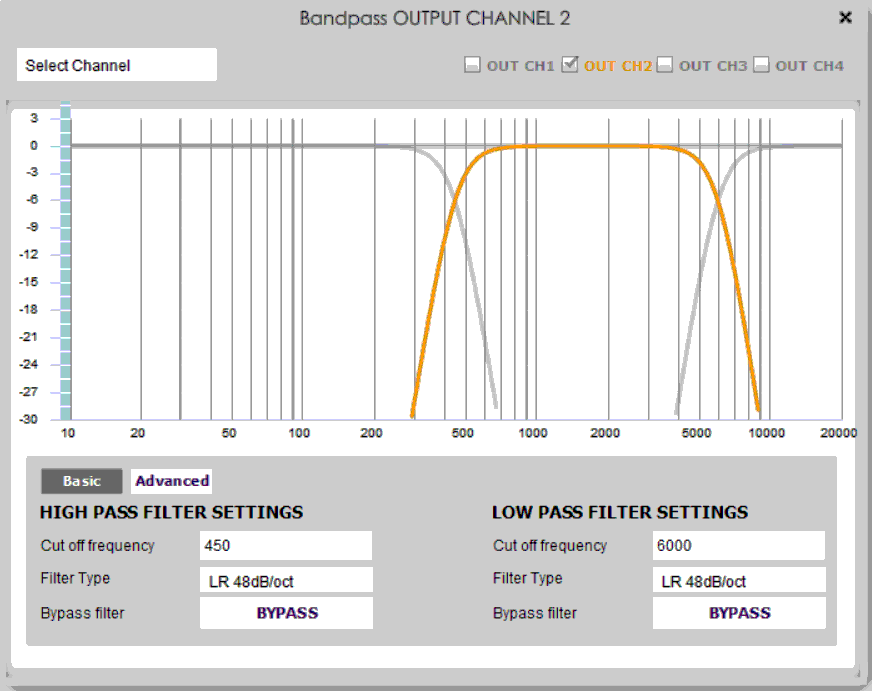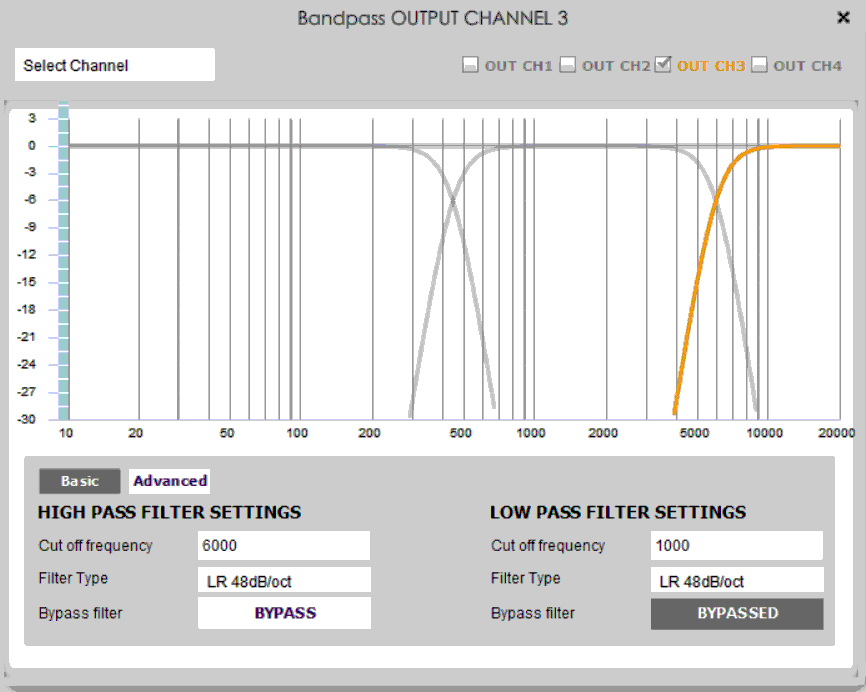Search the Community
Showing results for tags 'minidps'.
-
I am new to active crossovers, new to using REW to test speakers and Klipsch speakers. So I am hoping someone with more knowledge can "look over my homework" to make sure I am on the right path. @Chris A or anybody else with active speakers or familiar with active crossovers, I would be happy for y'all to look at driver graph and then see if crossover points are correct. This is a tri-amp setup via 2 MiniDPS 2x4HDs (one doing left channel and the other doing the right) with 3 AIYIMA A07 amps. While I am not overly familiar with REW, I have watched a few videos on how to use it to measure your speakers. Scott Hinson has video on how to measure each driver and I tried to follow his steps to get my response graph for each driver (1v @ 1m because I have neighbors). While it may not be perfect since I could not take my speakers outside to measure each driver, I think they are close. Then again, I maybe fooling myself, which is why I am hoping someone can look this stuff over and tell me I am all wrong or on the right track. Lastly, I attached 4 MiniDPS settings "screens". The low pass, for the woofer, the band pass for the squawker, and the high pass for the tweeter. The 4th is the time delay that I derived using the tech paper that MiniDPS posted on measuring impulse response to time align your drivers. There is no delay for the woofer, a 2.8ms delay for the squawker and a 4.45ms delay for the tweeter. I have tried to verify these settings and there is still a few uSeconds of variance between all the drivers. If I change the delay on the tweeter, the impulse either fall just in front or just behind the squawker--I can't seem to get them to align perfectly. This could be because: I am not familiar enough to using REW to measure the impulse correctly OR I think I am hitting the delay resolution of the MiniDSP OR I could just have totally messed up the original impulse response measurement and these number of nowhere remotely correct. So fi these delay settings seem incorrect, I would be happy to revisit them. With all this said, they still sound a LOT better than it did with the original AA crossover. So I think I am on the right track. Thanks!
- 16 replies
-
- active
- active digital crossover
- (and 4 more)





